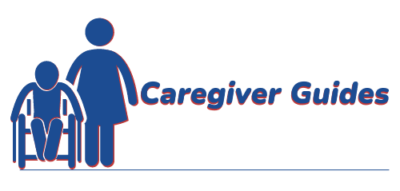
“Aging in place” refers to the ability of an individual to live in their own home and community safely, independently, and comfortably, regardless of age, income, or ability level. It means being able to continue living in the familiar surroundings of one’s home as one gets older, rather than moving to a nursing home or assisted living facility. This can include making necessary modifications to the home to accommodate any physical or cognitive changes that may occur with age, as well as having access to support services and community resources that can help an individual to maintain their independence. Aging in place is an increasingly popular choice for older adults, as it allows them to maintain their independence and stay connected to their community.
Why do people prefer to “Age in Place”?
There are many reasons why people prefer to “age in place” rather than moving to a nursing home or assisted living facility. Some of the most common reasons include:
- Familiarity: People often feel more comfortable and at ease in their own home, where they have established routines, memories, and a sense of community.
- Independence: Aging in place allows individuals to maintain their independence and control over their daily lives.
- Cost: In many cases, aging in place can be more cost-effective than moving to a nursing home or assisted living facility, especially if necessary modifications and support services can be put in place to allow an individual to live safely at home.
- Personal preference: Many people simply prefer to remain in their own home as they age, rather than moving to a new environment.
- Family and social connections: Aging in place allows individuals to stay connected to their family, friends, and community, which can be important for their physical and emotional well-being.
What Prevents People From Being Able to Safely “Age in Place”?
There are a number of factors that can prevent people from being able to “age in place” successfully. Some of the most common barriers include:
- Physical limitations: As people age, they may develop physical limitations that make it difficult for them to perform activities of daily living, such as bathing, dressing, and cooking.
- Cognitive decline: Dementia and other forms of cognitive decline can make it difficult for people to remember to take their medication, pay bills, or follow a safe routine at home.
- Social isolation: As people age, they may lose friends or family members, or become physically unable to get out and engage with their community. This can lead to social isolation, which can have negative effects on physical and mental health.
- Lack of support: Many older adults do not have access to the necessary support and assistance they need to age in place safely and independently. This can include help with housekeeping, transportation, and healthcare.
- Financial constraints: The cost of making necessary modifications to a home or accessing support services can be a barrier to aging in place for some individuals.
- Housing issues: Some older adults may live in homes that are not suitable for their needs as they age, or may not have the financial resources to make necessary modifications to their home.
What Could Help Seniors Stay In Their Own Homes Safely?
There are a number of things that can help people to “age in place” safely and independently. Some of the most effective strategies include:
- Home modifications: Making necessary modifications to a home, such as installing handrails, walk-in showers, or stairlifts, can help to improve safety and accessibility.
- Support services: Access to support services, such as home healthcare, meal delivery, and transportation, can help older adults to maintain their independence and manage any physical or cognitive limitations they may have.
- Community resources: Connecting with local community resources, such as senior centers, adult day care programs, and social service agencies, can provide older adults with additional support and help to prevent social isolation.
- Technology: There are many assistive technologies available that can help older adults to live safely and independently at home. For example, remote monitoring systems can alert caregivers or family members if there is a problem, and medication dispensers can help to ensure that medications are taken correctly.
- Family and social support: Support from family and friends can be crucial in helping older adults to age in place successfully. This can include help with tasks such as grocery shopping or transportation, as well as emotional support and companionship.
It is difficult to determine exactly how many older adults want to age in place, as this can vary depending on a number of factors such as individual preferences, health status, and access to support and resources.
However, studies have shown that the majority of older adults prefer to age in place and remain in their own homes for as long as possible. For example, a survey conducted by the National Council on Aging found that over 90% of older adults said they want to stay in their current home and community as they age.
Similarly, a study conducted by AARP found that near 90% of older adults said they would prefer to stay in their current home and community as they age. Overall, it seems that aging in place is a very popular choice among older adults.
